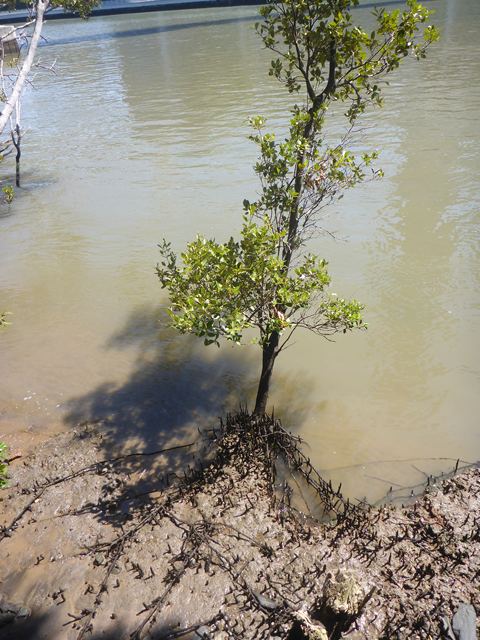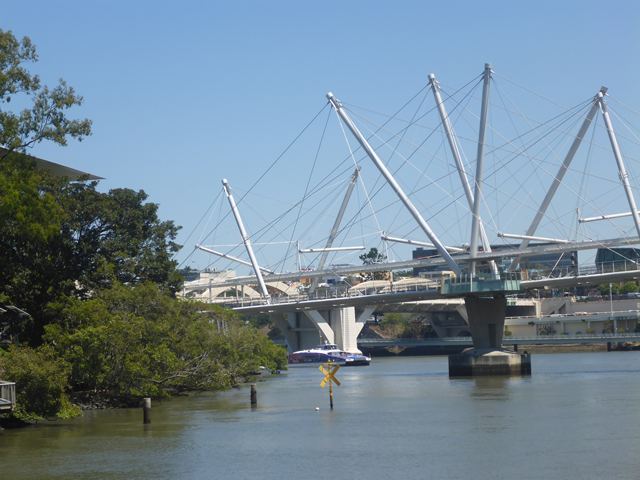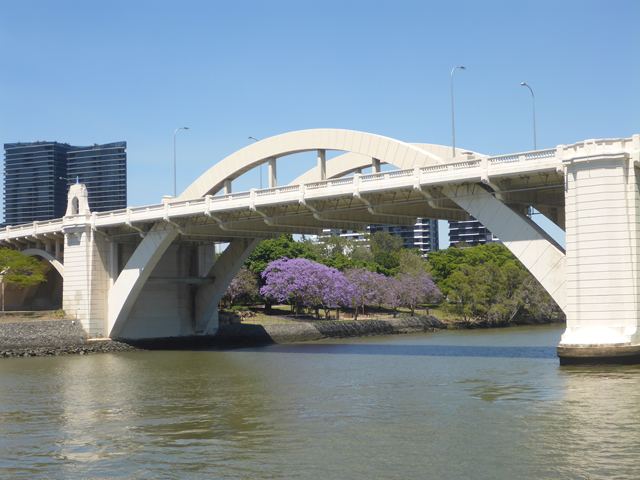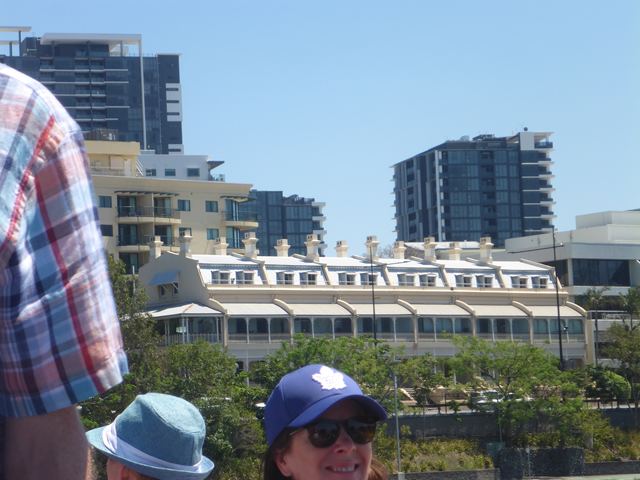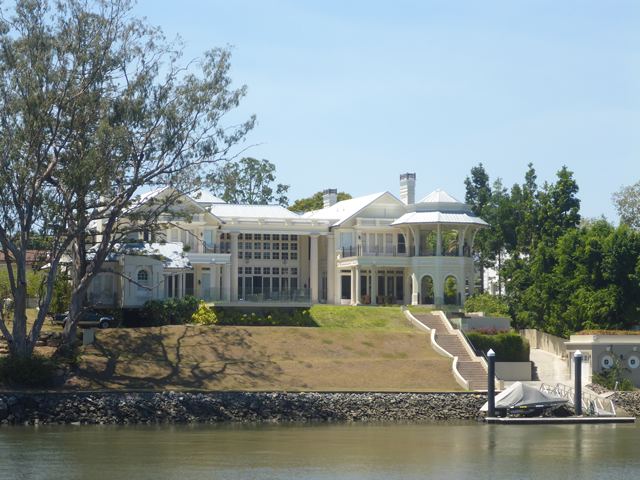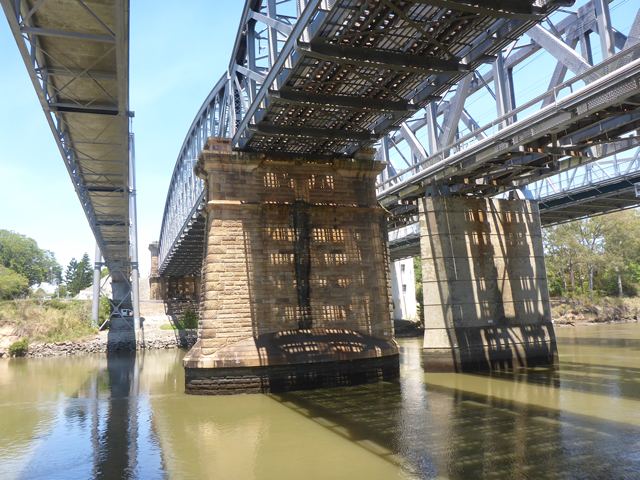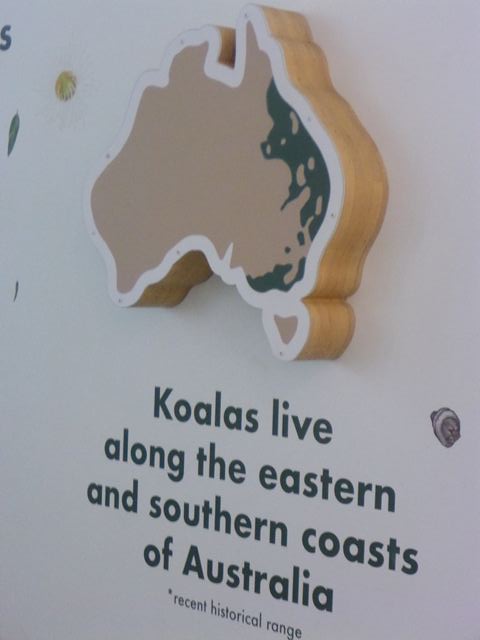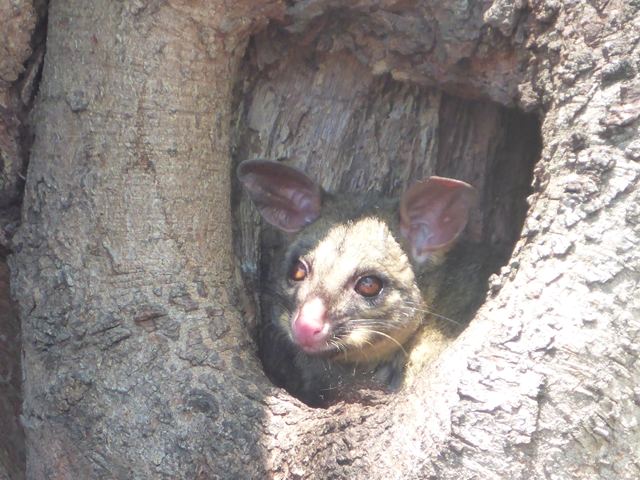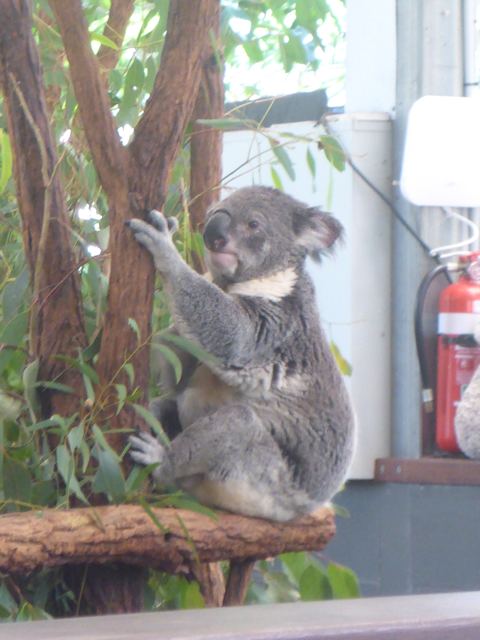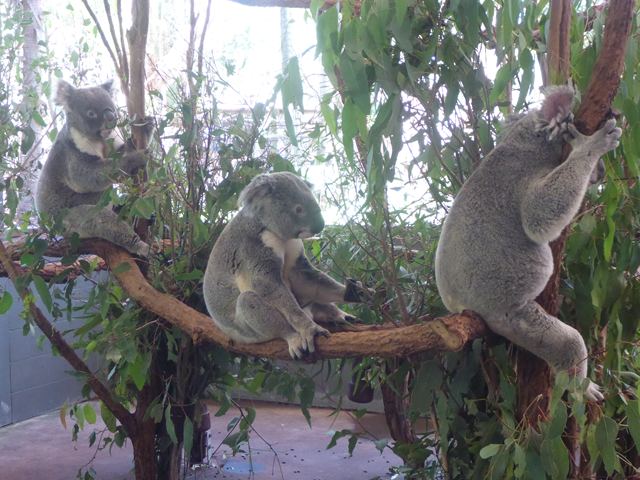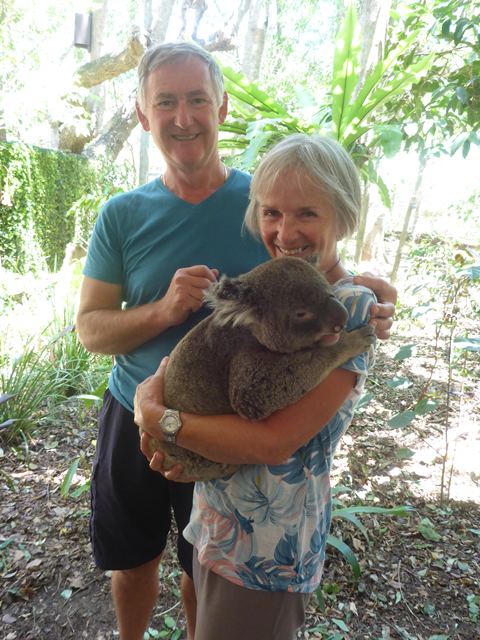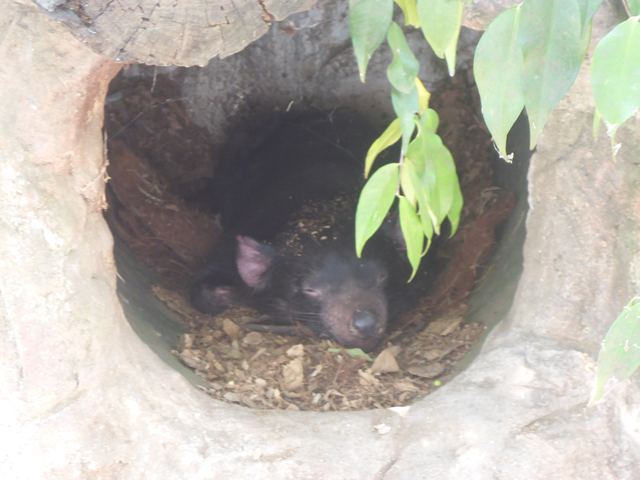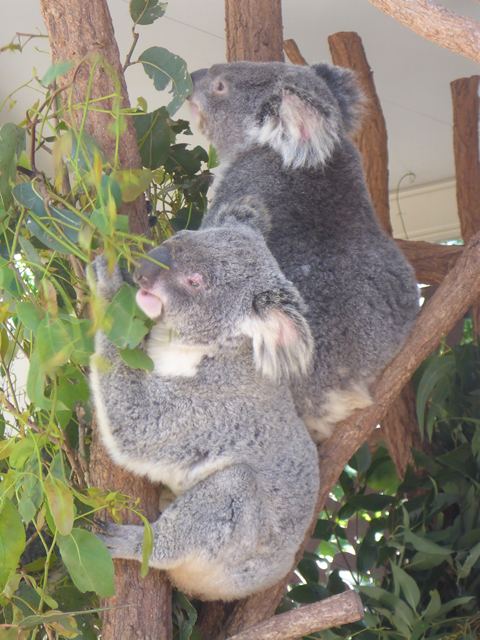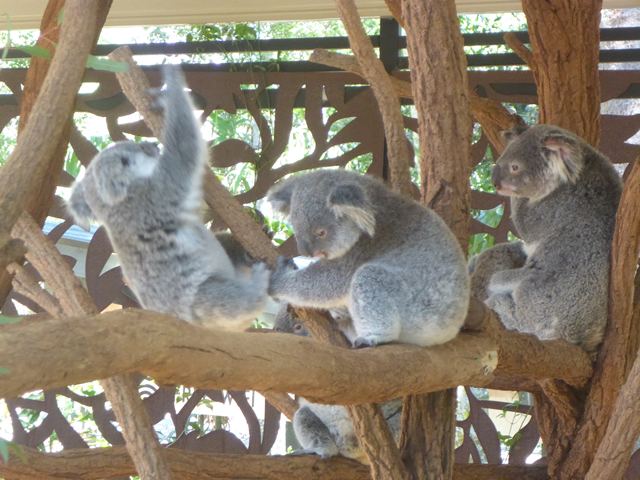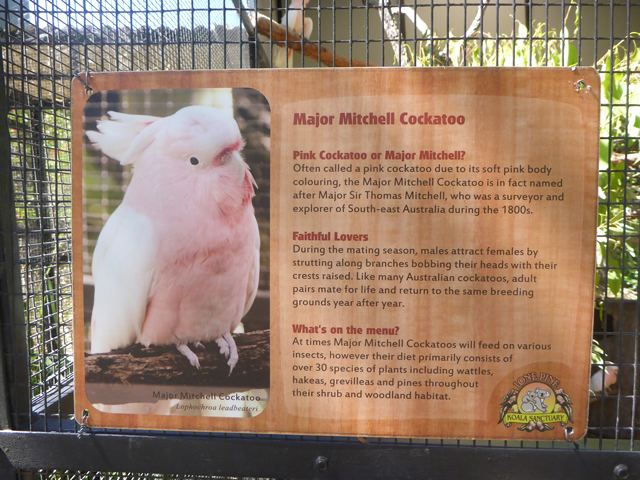2019 Aus Lone Pine Koala

|
Under Bridges over the Brisbane River To the Lone Pine Koala Sanctuary Nearly one hundred years ago, in 1927 the Koala Sanctuary was formed because the koala population was being decimated by the skinning industry and de-forestation. Well the skinning has stopped but the large scale environmental and habitat destruction is still going on in Queensland in the name of money and as one of the hard working young staff members told us the work of the sanctuary is even more important today to prevent the extinction of the koalas as a species. There are numerous stories of koalas and other animals being rescued from the vast areas being engulfed in flames right now, some by individual members of the public and others in planned airlifts, but the final head count of remaining colonies of fauna and flora left after this years unprecedented bush fires looks to be lamentably small. Koalas eat only the very young pale green branch tip leaves of six different types of eucalyptus so the sanctuary has its own eucalyptus plantation and every day the strong young team of zoo keepers have to harvest vast amounts of six foot long stems, gather into massive bundles and traipse with them to the feeding areas, looking like mini trees themselves, and then ram them into the plastic drainage tubes that are lashed to the trees in their pounds. The branches then look as if they are growing naturally and the koalas munch on them as they would in the wild. Likes the sloths we saw in Ecuador this form of nourishment is not very nutritious which is why the koalas must sleep for 20 hours out of each day and why we were lucky enough to see the trio of youngsters happily bouncing around the branches enjoying their feast. Nothing of the branches is wasted, other animals feed on the leaves as well and the branches are used as fresh perches in the cages and the remainder is mulched and distributed around the plants. They do grunt and growl and cry like babies if they need to but all was serene and calm in the well organised and highly lucrative photography area as we queued up for our special moment up close and friendly with Fitus who was half way through his daily stint of thirty minutes posing. He was surprisingly light, smelled very pleasantly koalarish, totally in to his leaves and just a little too big for my bag! What a treat. In another life I would have happily been one of their hard working keepers. The platypus in their dimly lit river enclosure, where we could watch them underwater were impossible to photograph because they were so quick, agile and busy, but they were a pleasure to see. We emerged from the Science Institute where a lovely young lady keeper had talked us through a slide show to come across a hollow in the tree at our eye height where this little possum was having a nice snooze. They are valued as part of the unique animal kingdom here. All around the compact main area keepers were mingling with the visitors always with some beautiful creature in their arms, around their necks or on leads like the dingo pups that were a real hit with everyone especially the children. It was more than sweet to look at as it is important in showing people of all ages the lovely animals that make up the wildlife outside that needs and deserves our respect. They are doing an invaluable job those keepers. Research work is being carried out here, including how to deal with the chlamydia amongst the wild koala population and a healthy breeding programme is ongoing. Imagine that, holding a tiny baby koala, the future of the species, made possible by human intervention. It’s not hard to find good that humans are doing. Between the main area and the plantation kangaroos had a lovely big compound where we could walk around and see not just them but the countryside around this sanctuary, located up one and a half hours of river turns from the city and still best accessed by water. Beside the path back to the river a Kookaburra perched beak open in the stifling heat while the pink Major Mitchell Cockatoo looked a cool as a cucumber. We had come on one of the 22 metre Mirimar Cruise boats with a talented young Captain who could do commentary and focus on his steering at the same time. Although I could not understand why he needed to adopt his artificially modulated tone of delivery as if verbally smoothing out clay with a spatula. When we talked to him away from the mike he sounded pleasant enough. For most of the cruise to the sanctuary we had listened to a pre-recorded commentary that progressed with the GPS changes in the vessel’s location. The supposedly ‘haunted’ house of the Patrick Mayne family, of Brisbane Arcade’s own Sweeney Todd infamy, stands overlooking the river as do other mansions. The nice terrace of colonial homes was saved from the wrecking ball by a determined architect who had words with the council which no doubt included ‘history’, ‘posterity’ and ‘functionality’. Naturally there were numerous bridges but the four next to eachother was unusual. One a cyclist bridge, a railway bridge and two vehicle and pedestrian bridges. There was even some natural riverside where I pictured tall, slim, black figures standing on rocks fishing spears in hand. |
